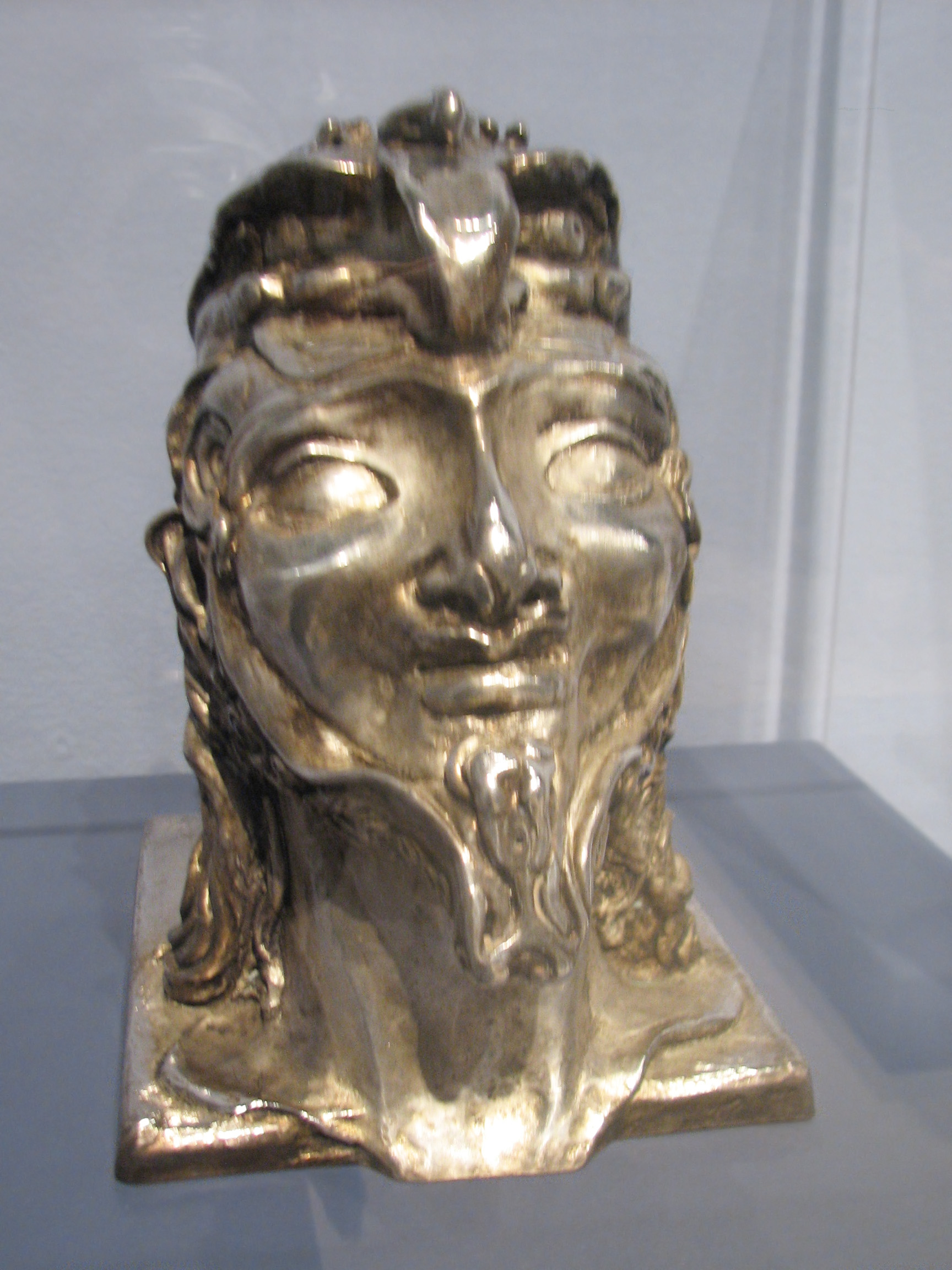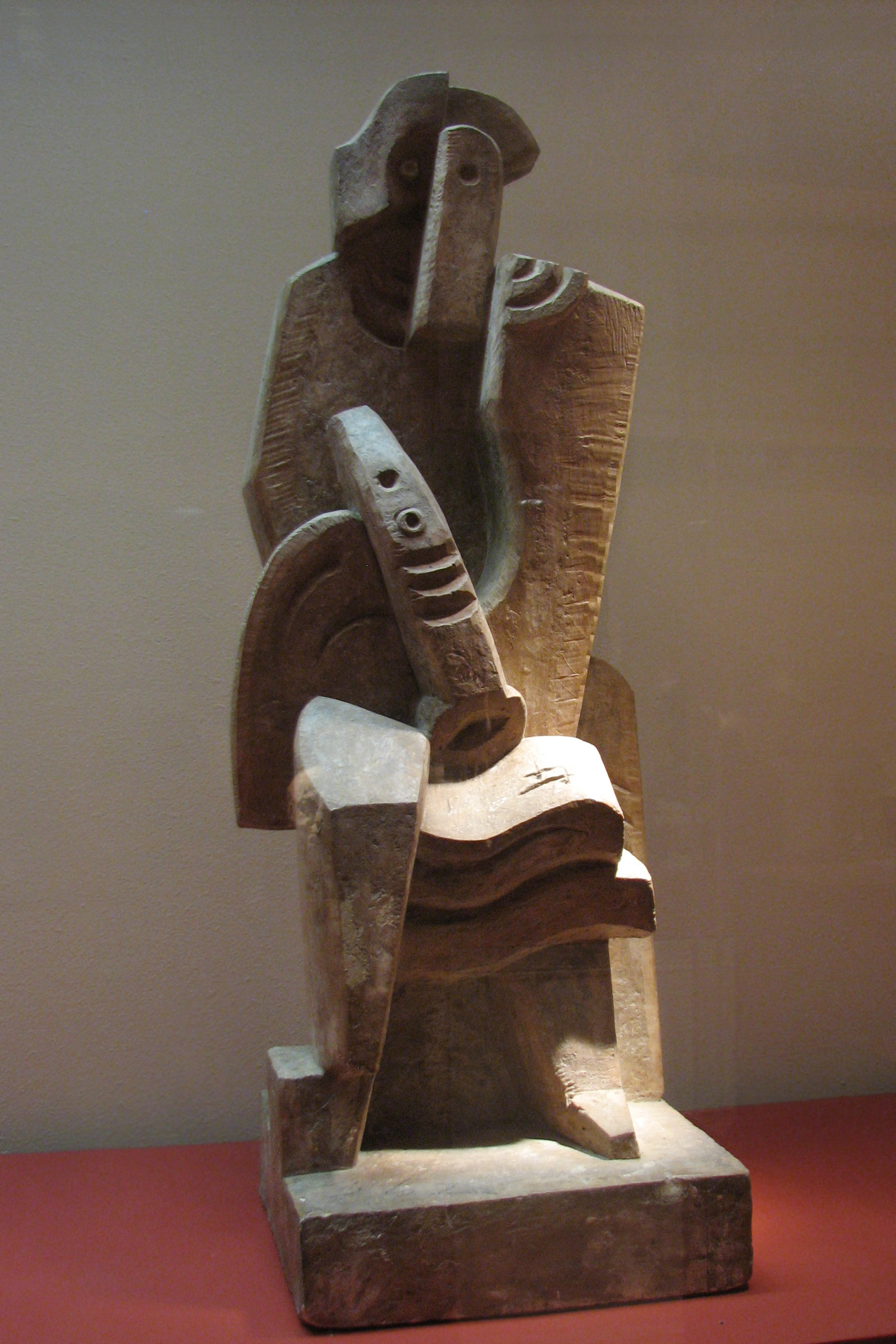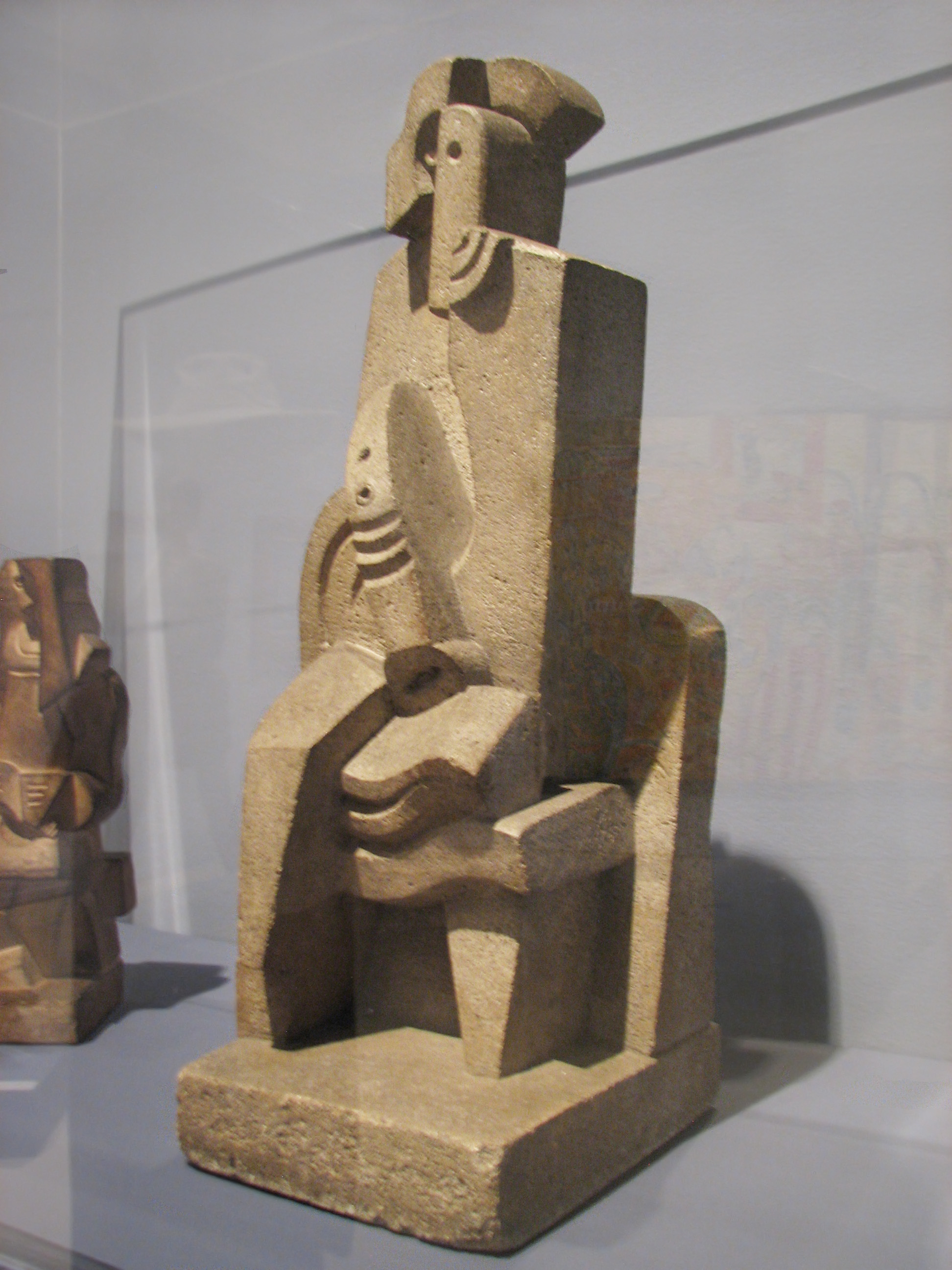
Sunday, May 31, 2015
More Pieces from the Kasser Collection
7:57am
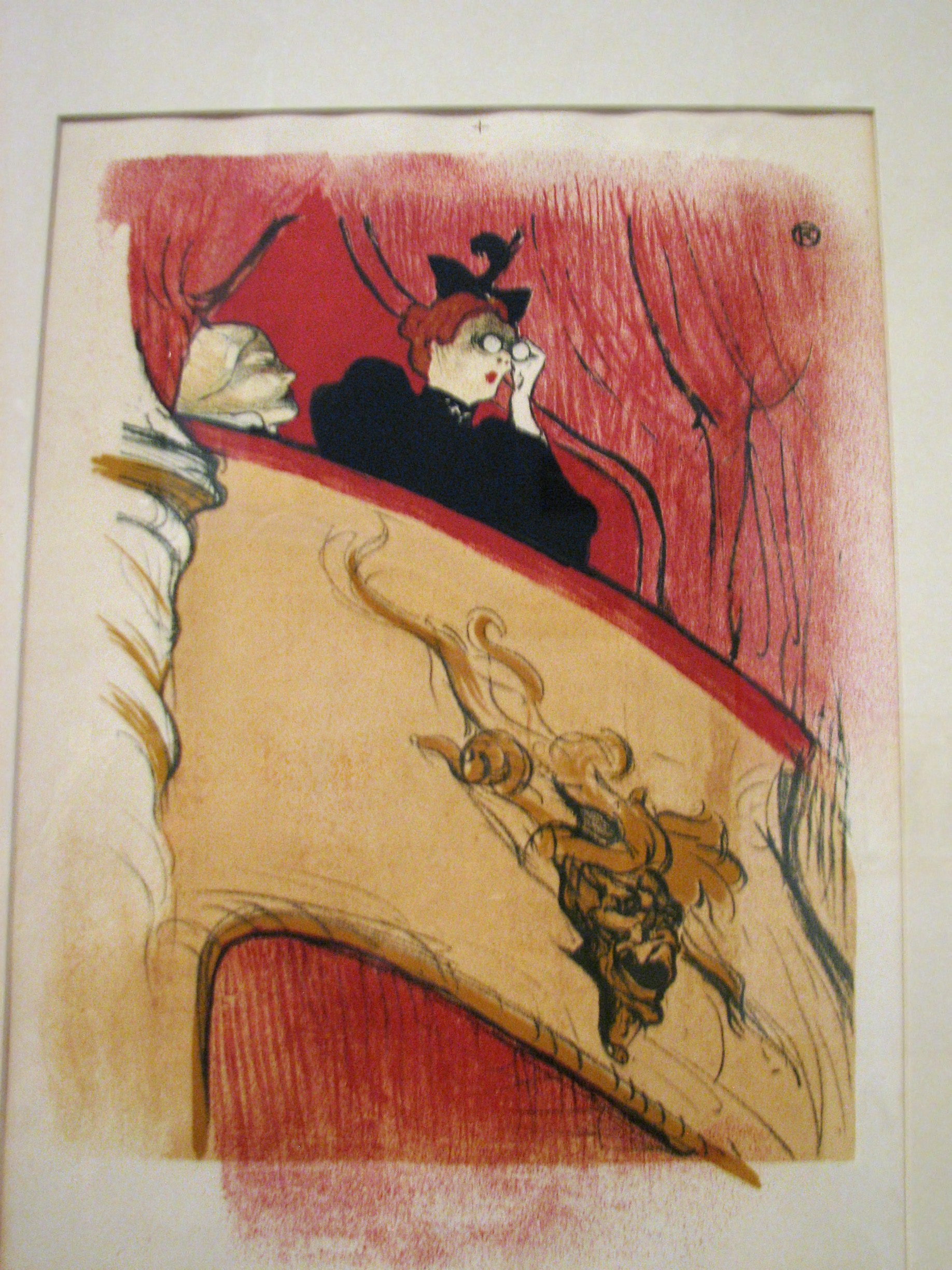 Loge with a Gilded Mascaron (La Loge au mascaron doré), 1893 Henri de Toulouse-Lautrec, French, 1864-1901 Lithograph on paper, edition of 100 Kasser Mochary Collection, "The Figure Examined", at Tucson Museum of Art
|
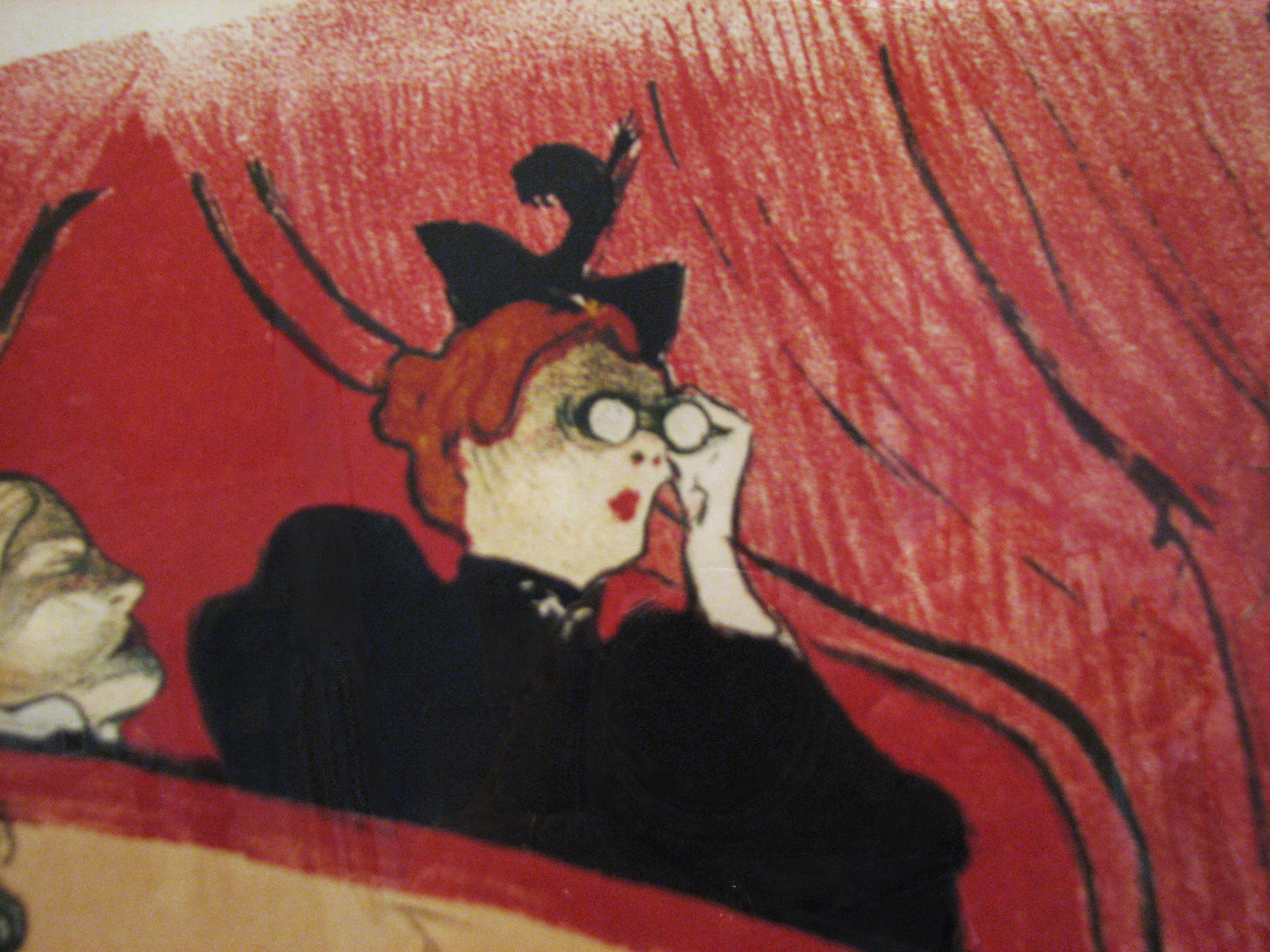
Detail of Loge with a Gilded Mascaron
"It has been said that on the whole the lithographs of Toulouse-Lautrec are a more innovative, exceptional body of work than his paintings. Few artists have so successfully exploited a printmaking medium. Lautrec was captivated by lithography and employed it for a wide range of expressive purposes, from the delicate drawing of a little mouse to the broad patterning of a bawdy cabaret singer. The works reveal all the riches of this incomparable artist: his acute powers of observation and his humanity, his flamboyant approach to color and his marvelous draftsmanship, his manipulation of a lithographic stone to convey both subtle and dynamic imagery." (From the Preface to Great Lithographs by Toulouse-Lautrec, commentary by Theodore B. Donson and Marvel M. Griepp (Dover Publications 1982))
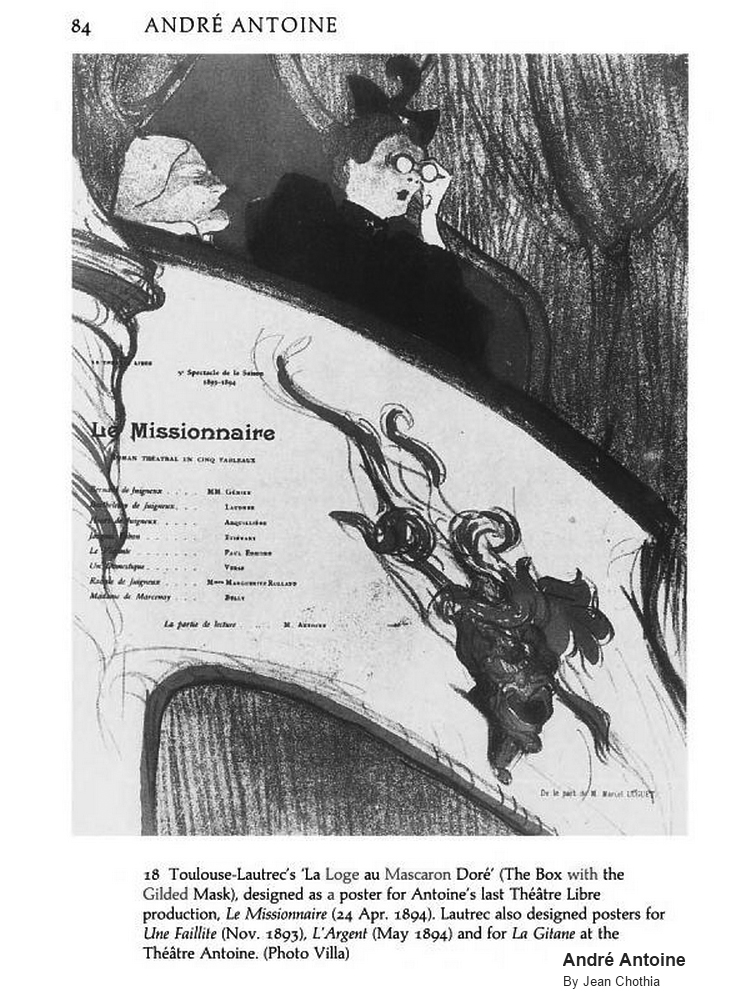
Lithograph as used for poster, the large detail-less space was used for text
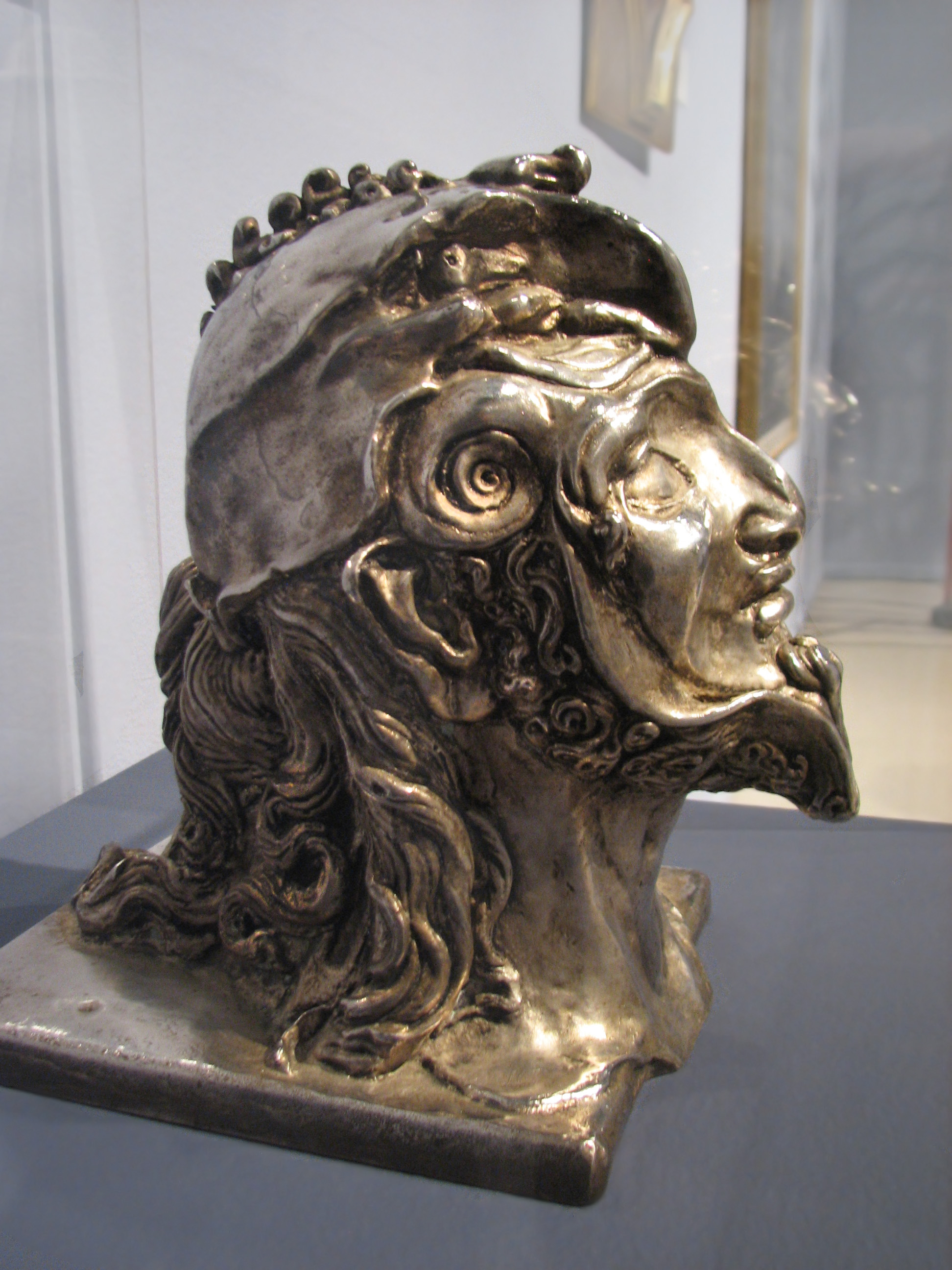 King David (König David), 1970 Ernst Fuchs, Austrian, b. 1930 Silver-plated bronze, edition of 650 Kasser Mochary Collection, "The Figure Examined", at Tucson Museum of Art |
Ernst Fuchs, (born February 13, 1930) is an Austrian painter, draftsman, printmaker, sculptor, architect, stage designer, composer, poet, singer and one of the founders of the Vienna School of Fantastic Realism.
"The Vienna School of Fantastic Realism is a group of artists founded in Vienna in 1946. It includes Ernst Fuchs, Arik Brauer, Rudolf Hausner, Wolfgang Hutter, Anton Lehmden and Fritz Janschka, all students of Professor Albert Paris GŁtersloh at the Vienna Academy of Fine Arts. It was GŁtersloh's emphasis on the techniques of the Old Masters that gave the fantastic realist painters a grounding in realism (expressed with a clarity and detail some have compared to early Flemish painting) combined with religious and esoteric symbolism." (Source: Wikipedia)
"In 1956 he converted to Roman Catholicism (his mother had him baptized during the war in order to save him from being sent to a concentration camp)." (Source: Wikipedia) Thus it was that Fuchs "witnessed the horrors and experienced the dread of the Holocaust. Fuchs, the [Fantastic Realism] group's spiritual mentor, was classified as a Mischling, a 'half-caste,' and survived together with his mother in underground hiding places." (Dagmar C. G. Lorenz, "The Legacy of Jewish Vienna", Insiders and Outsiders: Jewish and Gentile Culture in Germany and Austria, Edited by Dagmar C. G. Lorenz and Gabriels Weimberger (Wayne State University Press 1994), page 296)
"One of the major schools of art in Vienna today is the school of Fantastic Realism, whose mentor was Albert Paris Gütersloh. According to Ernst Fuchs, of the five leading representatives of the school, four, Fuchs himself, Arik Brauer, Rudolf Hausner and Hutter, are of at least partly Jewish descent. Friedrich Hundertwasser, the fifth and best known Jewish descent. Certainly there is a large irony in the fact that three of Vienna's leading artists, Fuchs, Hundertwasser and Brauer, consciously use Jewish imagery in their work." (Steven Beller, "How Jewish was 'fin-de-siècle' Vienna?", Vienna and the Jews, 1867-1938: A Cultural History (Cambridge University Press 1989) page 29)
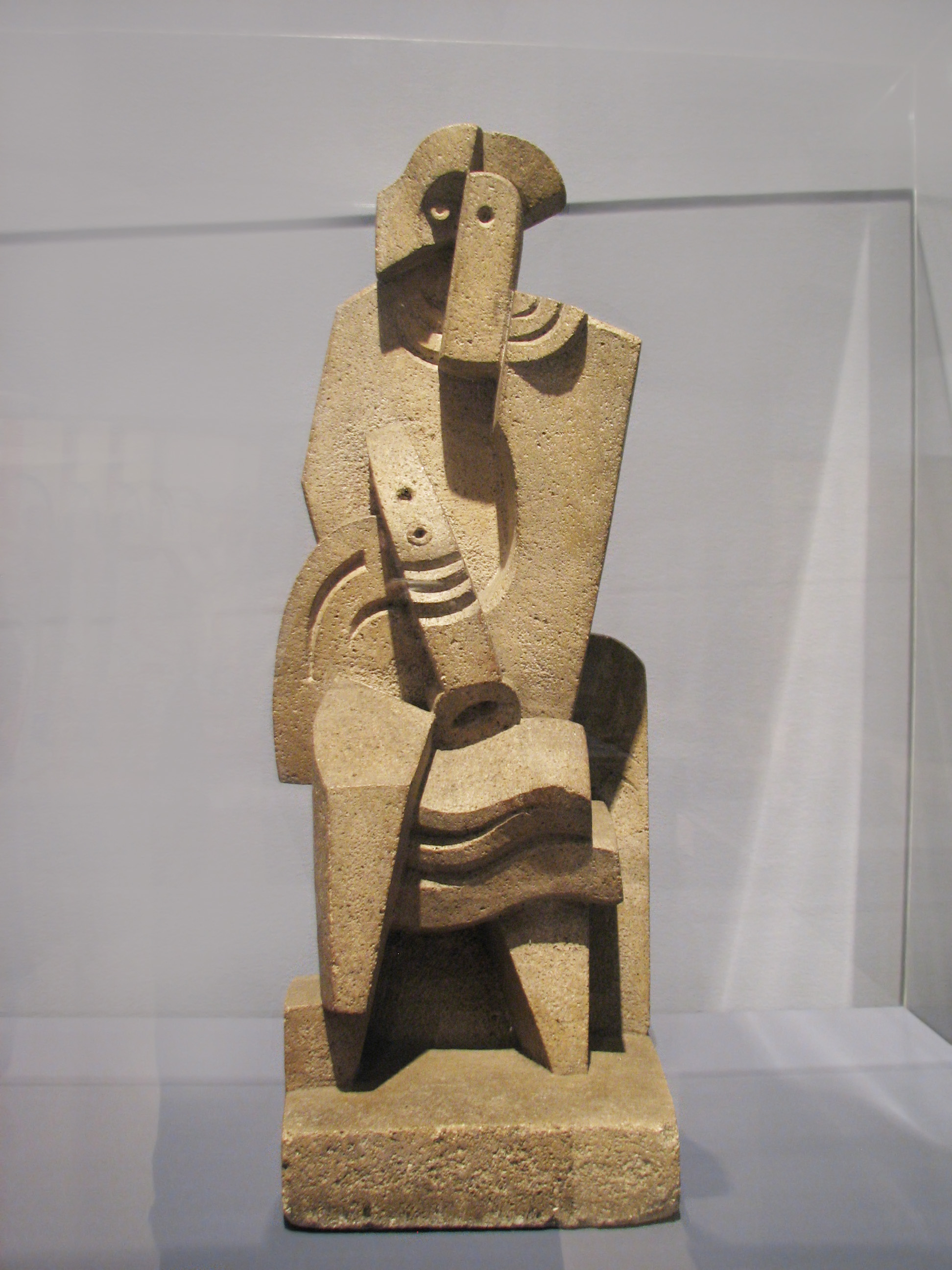 Harlequin with Clarinet (Arlequin à la clarinette), 1919-1920 Jacques Lipchitz, American, b. Chaim Jacob Lipchitz, Lithuania, 1891-1973 Limestone Kasser Mochary Collection, "The Figure Examined", at Tucson Museum of Art
|
"Jacques Lipchitz was born Chaim Jacob Lipschitz, in a Litvak family, son of a building contractor in Druskininkai, Lithuania, then within the Russian Empire. At first, under the influence of his father, he studied engineering, but soon after, supported by his mother he moved to Paris (1909) to study at the …cole des Beaux-Arts and the Acadťmie Julian."
"With the German occupation of France during World War II, and the deportation of Jews to the Nazi death camps, Jacques Lipchitz had to flee France. With the assistance of the American journalist Varian Fry in Marseille, he escaped the Nazi regime and went to the United States. There, he eventually settled in Hastings-on-Hudson, New York." (Source: Wikipedia)
"During the 1960s and early 1970s there were major exhibitions of Lipchitz' work in the USA, Europe and Israel. Many of of his large bronzes were cast at the Tommasi foundry in Pietrasanta, Italy, where Lipchitz worked during the summer. Peace on Earth (bronze, 1967-9; Los Angeles, CA, Music Cent.) was one of his last monumental projects." (Joan M. Marter, _The Grove Encyclopedia of American Art, Volume 1, page 170)
